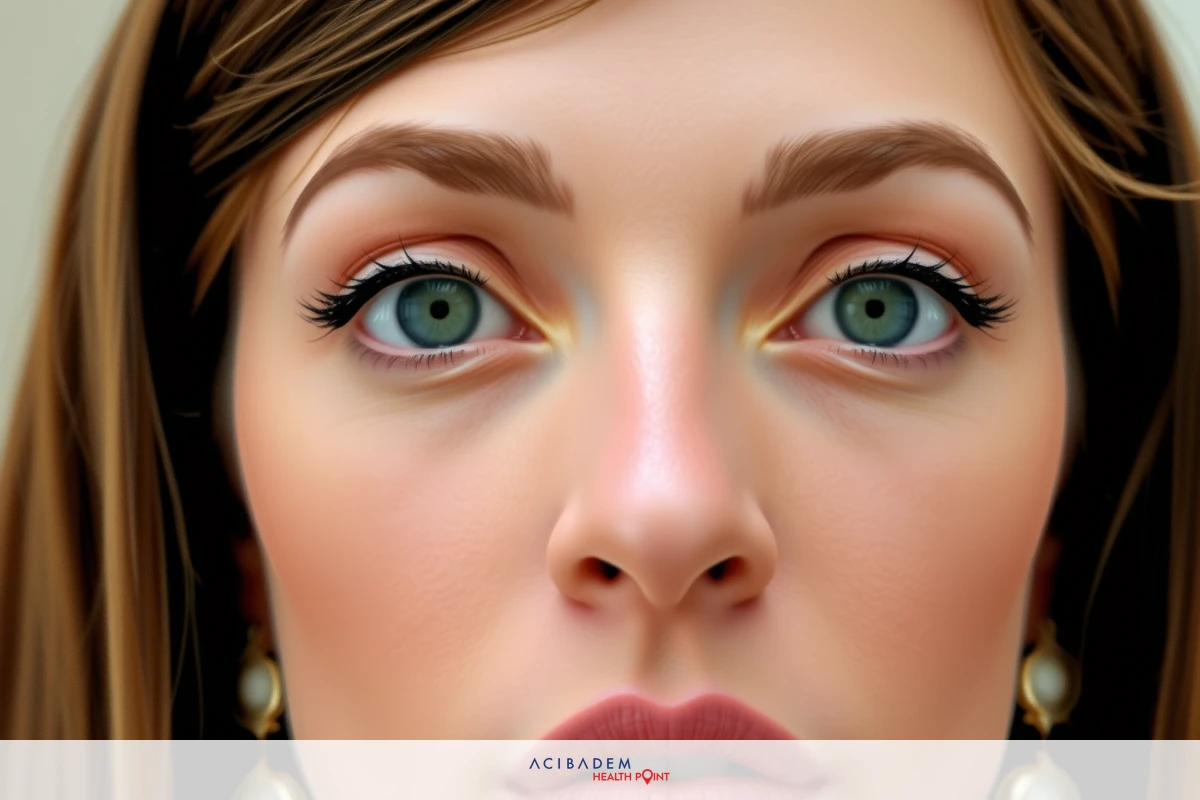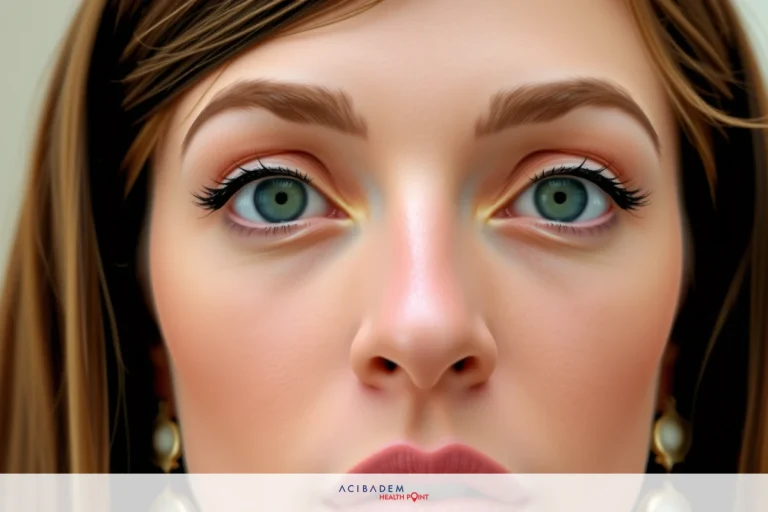Can Filler Fix Revision Rhinoplasty?
Can Filler Fix Revision Rhinoplasty? Revision rhinoplasty, a corrective procedure that intervenes when the initial surgery doesn’t meet expectations, is often perceived as intricate due to its nuanced nature. Aesthetic and functional concerns intertwine in this sphere of cosmetic surgery. It’s a realm where precision is paramount and even slight missteps can lead to undesirable outcomes.
In recent times, fillers have emerged as potential game-changers in the landscape of revision rhinoplasty. These injectable substances propose an alternative path for those seeking adjustments post-surgery. The possibility of using fillers stirs curiosity amongst many – could they indeed offer a solution without going under the knife again?
The benefits these non-surgical options bring forth are intriguing; from offering temporary solutions that leave room for changes, to yielding natural-looking results with minimal recovery time involved. Yet there remain considerations one must ponder over before embracing this method fully.
What is Revision Rhinoplasty?
Revision rhinoplasty, as its name suggests, refers to a second (or subsequent) surgical procedure performed on the nose. This corrective intervention becomes necessary when the initial rhinoplasty doesn’t yield satisfactory results or leads to unforeseen complications. The complexity of this secondary operation often eclipses that of the primary one since it involves working with altered nasal structures.
The purpose of revision rhinoplasty extends beyond mere aesthetics; it addresses functional issues like breathing difficulties arising from the first surgery. In many cases, patients who have undergone an unsatisfactory primary rhinoplasty experience distressing physical discomfort along with disappointment about their appearance.
Hence, revision rhinoplasty serves a dual role – restoring both form and function.
The journey towards a successful fix through revision rhinoplasty isn’t devoid of challenges. It demands meticulous planning and execution by surgeons adept in managing intricacies inherent to this procedure. Patients too need to demonstrate patience during recovery, understanding that achieving desired outcomes may require time and potentially more than one round of revisions.
Using Fillers for Revision Rhinoplasty
In the realm of revision rhinoplasty, fillers have emerged as a prospective contender offering an alternative to surgical intervention. These injectable substances provide a non-surgical option and can be used strategically to reshape or adjust certain aspects of the nose post-rhinoplasty. The application of fillers in this context is often seen as an innovative approach that allows patients to avoid another strenuous surgical procedure.
The process involves the careful injection of filler materials into specific areas within or around the nose. This technique serves multiple purposes: it may correct minor asymmetries, smooth out irregularities, or enhance certain features for better aesthetic balance. While they don’t reduce the size of your nose like traditional rhinoplasty might, fillers can create the illusion of a smaller or more proportionate nose by adjusting its contours.
However, using fillers for revision rhinoplasty isn’t devoid of challenges either. It requires expert knowledge and skillful hands to administer these injections with precision; even slight misplacements could lead to unsatisfactory results. Moreover, while some view their temporary nature as a benefit (allowing changes over time) it does mean regular maintenance procedures are needed to sustain desired outcomes.
Benefits and Considerations

As we delve deeper into the sphere of filler-assisted revision rhinoplasty, it’s important to weigh the benefits against potential considerations. This approach, while innovative and less invasive than traditional surgical procedures, brings its own set of pros and cons that patients need to be aware of.
Benefit-wise there are several compelling points:
- Non-surgical: Perhaps the most significant advantage is its non-invasive nature.
Patients can avoid another potentially daunting surgery.
- Swift procedure: Compared to a full-blown surgery, this method involves less time in terms of both procedure duration and recovery.
- Adjustable results: Being temporary in nature, fillers allow for adjustments over time as per evolving patient needs or preferences.
- Natural-looking outcomes: When done correctly by an experienced professional, filler injections can create more subtle enhancements leading to natural-looking results.
Yet alongside these advantages come some considerations:
- Temporary solution: The effects of fillers diminish over time requiring regular top-ups for maintaining desired aesthetics.
- Limited scope: Fillers can’t address all types of post-rhinoplasty issues particularly those related to severe structural deformities or functional problems.
- Risk factors: As with any injectable treatment, there exists a risk for adverse reactions such as allergic responses or infection.
In summary, while fillers offer promising possibilities within revision rhinoplasty’s complex landscape they should not be seen as a universal fix – their suitability largely depends on individual cases’ specifics which must be thoroughly evaluated with expert consultation beforehand.
Frequently Asked Questions
What exactly does revision rhinoplasty involve?
Revision rhinoplasty is a secondary procedure that follows an initial rhinoplasty which hasn't yielded satisfactory results or has led to complications. It's typically more complex as it involves working with already altered nasal structures and aims to correct both aesthetic and functional issues.
Can fillers really serve as an alternative in revision rhinoplasty cases?
Fillers, being non-surgical options, can be used for certain kinds of corrections post- rhinoplasty like smoothing out small irregularities or enhancing specific features. However, their scope is limited and they may not address severe structural deformities or major functional problems effectively.
How long do the effects of these filler injections last?
The longevity of filler effects varies depending on the type of material used. Generally, these are temporary measures requiring periodic top-ups to maintain desired outcomes over time.
Are there any risks associated with using fillers for revision rhinoplasty?
As with any injectable treatment, potential risks include allergic reactions to the filler material or infection at injection sites among others. Hence it’s crucial this procedure is carried out by experienced professionals under appropriate settings.











